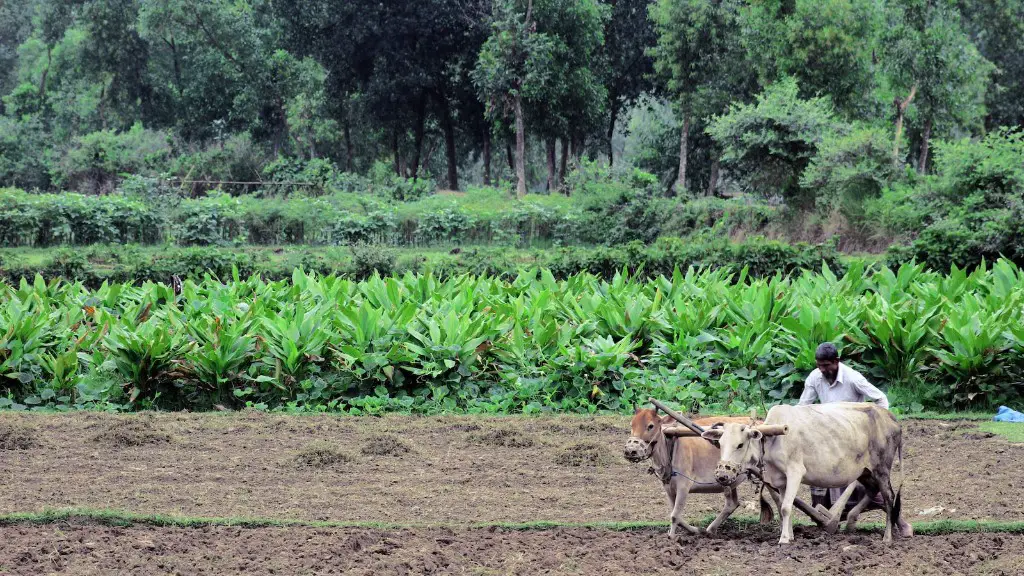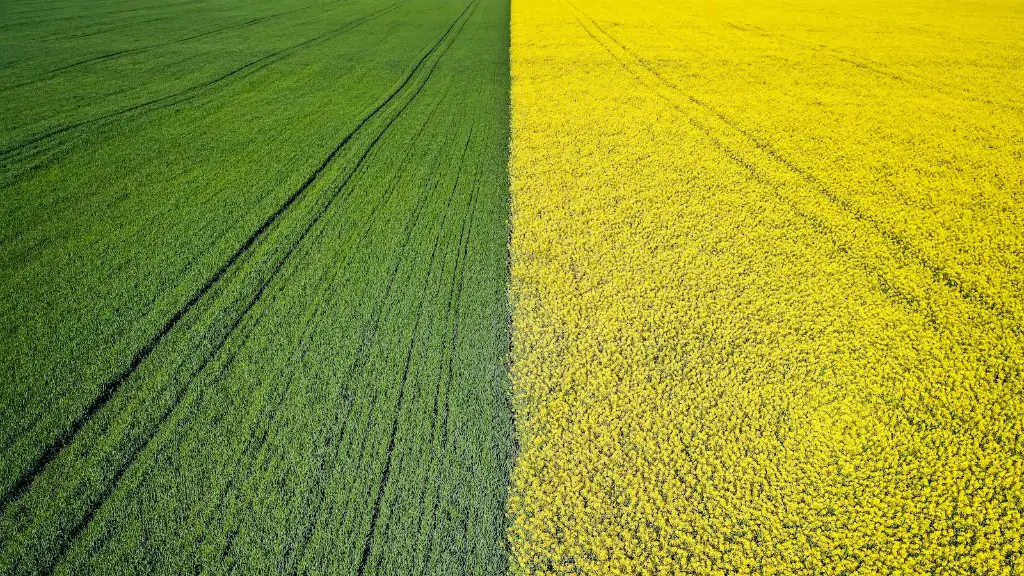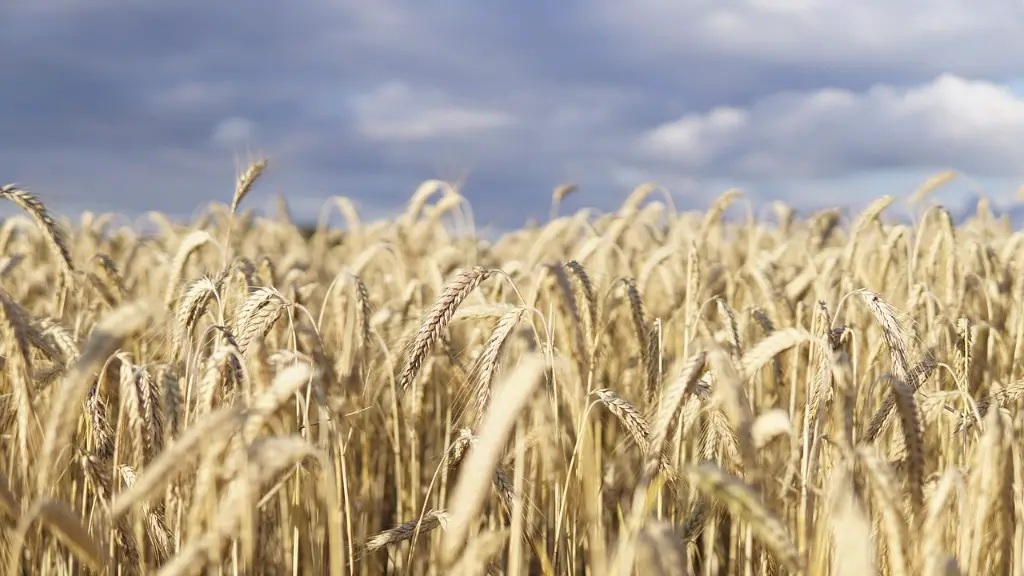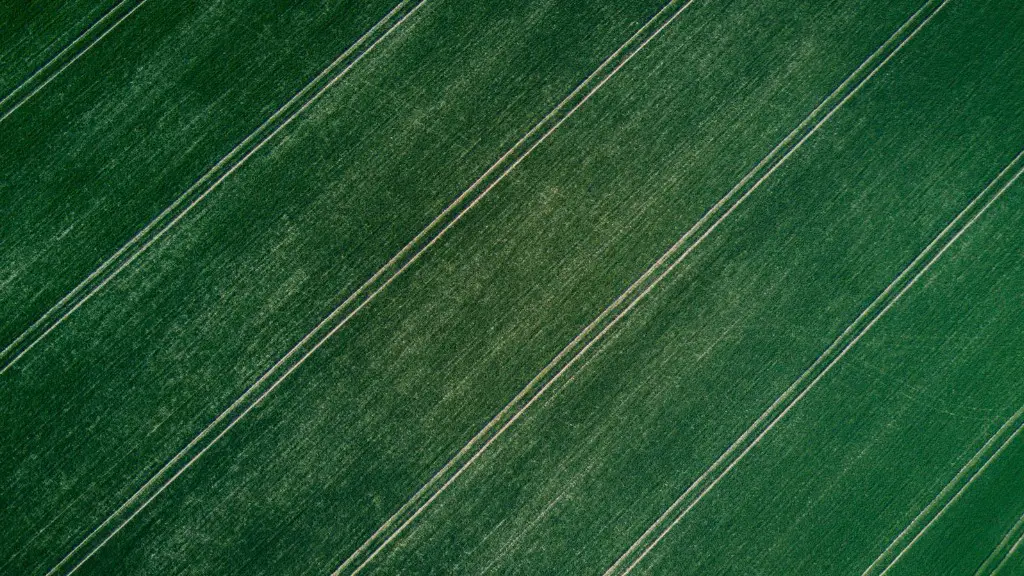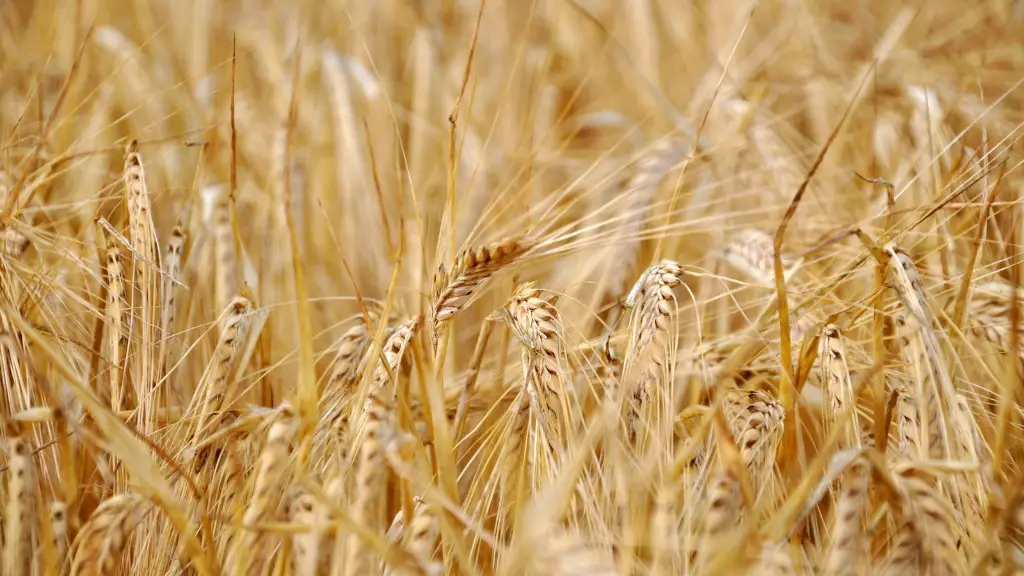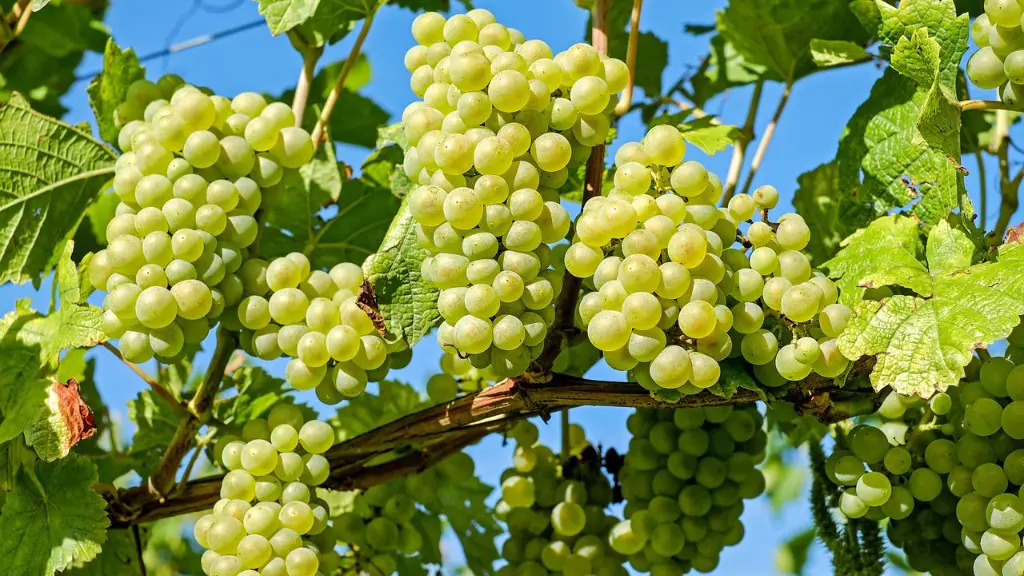Agriculture is one of the most important sectors of the economy, providing food, fiber, and fuel for the world. But it is also one of the largest consumers of water. Each year, agriculture uses about 70% of the world’s freshwater resources.
In the United States, irrigation consumes about 50% of the water used by all industries combined, making it the largest single use of water in the nation. In fact, agriculture accounts for 80% of the water used in California, the nation’s leading agricultural state.
With the world’s population expected to grow from 7.6 billion today to 9.8 billion by 2050, the demand for water will only increase. And as the climate changes and weather patterns become more unpredictable, agriculture will be increasingly challenged to meet the needs of a growing population with limited water resources.
The estimated amount of water used by the agricultural sector globally is around 70% of the total water used by all sectors.
What percentage of water on Earth is used for agriculture?
Farmers use irrigation to water their crops, which is a method of using water from rivers, lakes, or groundwater to supply water to crops during periods of drought. According to the World Bank, irrigation systems use 70 percent of the world’s freshwater resources.
In many parts of the world, irrigation is essential to agriculture. Without irrigation, crops would not be able to grow during periods of drought, and farmers would not be able to produce food for their families or for sale. In some parts of the world, such as in the United States, irrigation is used to supplement rainfall during periods of drought.
Irrigation is a water-intensive process, and it can have negative environmental impacts if it is not managed properly. Irrigation can lead to waterlogging and salinization of soils, and it can also deplete groundwater resources. Farmers need to be aware of these potential impacts and take steps to minimize them.
Agriculture irrigation accounts for 70% of water use worldwide and over 40% in many OECD countries. Intensive groundwater pumping for irrigation depletes aquifers and can lead to negative environmental externalities, causing significant economic impact on the sector and beyond.
How much water does a farmer use per day
Midwest Plan Service guidelines suggest that farms using 2,000 gallons per day (GPD) will need a water source flow rate of 16 GPM, those using 6,000 GPD will need 36 GPM, and those using 10,000 GPD will need 48 GPM. Planning for larger operations starts with an estimate of total daily water use from Table 3.
Agriculture is responsible for the majority of water consumption in the United States. In many Western States, agriculture accounts for over 90 percent of water consumption. This high level of water use can have a significant impact on the environment. Agricultural activities can lead to water pollution and depletion of water resources. Therefore, it is important for farmers to be aware of the potential impacts of their activities on the environment and to take steps to minimize these impacts.
Is 70% of the world’s water used for agriculture annually?
As mentioned before, 70% of the world’s water is used for agriculture annually. This is over 2 quadrillion gallons of water, which is enough to cover the entire United States in 2 feet of water. To understand how we use most of this precious resource, we need to understand how it is allocated.
Agriculture is the largest water user worldwide, accounting for 70 percent of total freshwater withdrawals on average. However, these amounts can reach as much as 95 percent in some developing countries.
Developing countries are particularly dependent on agricultural water use, as it is often their main source of income and livelihood. In these countries, water withdrawals for agriculture can be as high as 95 percent of the total.
There are many factors that contribute to the high water use in agriculture, such as the need to irrigate crops, water livestock, and wash equipment. With the world population projected to reach 9.7 billion by 2050, the demand for food will only increase, putting even more pressure on our limited water resources.
That’s why it’s so important to find ways to increase water efficiency in agriculture. Some methods include using drip irrigation, planting drought-resistant crops, and managing water resources through better planning and policies.
By working together to increase water efficiency, we can help ensure that agriculture can continue to meet the needs of a growing population without putting our precious water resources at risk.
What is the biggest use of water in agriculture?
Irrigation is the process of supplying water to land or crops to help grow them. It is used in agriculture, but also in horticulture, landscape gardening, and golf course construction and maintenance. Out of the total freshwater withdrawals, 65% of it is used for irrigation. It is a crucial process in order to maintain food security as well as support the growth of other plants. There are different types of irrigation systems, such as surface irrigation, where water is distributed over the soil surface by gravity; sprinkler irrigation, where water is sprayed into the air and lands on the ground in a controlled manner; and drip irrigation, where water is slowly dripped onto the roots of plants.
With the global population continuing to rise, the demand for food will only increase. This means that the demand for water will also rise, as crops, fruits, and vegetables all require water to grow. Unfortunately, due to inefficient irrigation practices, a large amount of water is lost each year, roughly 40%. This is a huge problem that needs to be addressed, as it puts even more strain on our already limited water resources. Plants need water at every stage of growth, from seeding to harvest, so it is essential that we find ways to reduce water loss and improve irrigation practices.
Does agriculture use more water than homes
California is in a severe drought, and every drop of water is precious. One way to conserve water is to use gray water – water from baths, sinks, and washing machines – to water plants. Not only does this save water, it also helps recharge groundwater.
Yet agriculture is the biggest water user in California, accounting for approximately 80 percent of all water used. Even small improvements in agricultural water use efficiency can have a significant impact. There are many ways to increase water efficiency on farms, such as using drought-tolerant crops, irrigation systems that minimize evaporation, and covering farm ponds to reduce evaporation.
With California’s dry climate, every drop of water counts. By using gray water and increasing agricultural water efficiency, we can help stretch our water resources further.
The amount of water required to cover one acre to a depth of one foot is equivalent to 43,560 cubic feet or 325,851 gallons. However, acres have more than one water source.
How much water is required for 1 acre of land?
A cubic foot of water is equal to 2837 liters, or 623 gallons. One ton of water is equivalent to 0028 cubic meters, or 3630 cubic feet.
It is no secret that agriculture requires a lot of water. In fact, it is estimated that approximately 70% of the world’s freshwater is used for agriculture. While this is a necessary part of food production, it is important to be aware of the impact that this has on the environment. With the world’s population continuing to grow, the demand for food will only increase, putting even more strain on our water resources. It is essential that we find ways to produce food more efficiently and sustainably.
What uses the most water in the USA
Water is one of the most essential resources for our homes. Not only do we need it for drinking and cooking, but it’s also used for bathing, cleaning, and watering our plants. Considering how much we rely on water, it’s important to be conscious of our usage and take steps to conserve this valuable resource.
There are a number of ways we can reduce our water consumption in the home. For instance, we can choose appliances and fixtures that are more water-efficient, take shorter showers, and turn the faucet off while brushing our teeth. By making small changes in our daily routines, we can make a big difference in the amount of water we use.
Most US tap water comes from surface or ground water. Source water refers to bodies of water (such as rivers, streams, lakes, reservoirs, springs, and ground water) that provide water to public drinking-water supplies and private wells.
What is the 70% water supply on Earth?
Water is the most abundant natural resource on Earth. It covers 71% of the globe and is a vital element of life. Although 97% of the world’s water is found in the oceans, it is too salty for drinking, growing crops, or most industrial uses.
Only 3% of the world’s water is freshwater, and of that, only a small fraction is readily accessible for human use. Lakes, rivers, and groundwater aquifers are the main sources of fresh water for people. But even these sources are under strain from pollution, climate change, and overuse.
Although 68 percent of Earth’s fresh water is found in icecaps and glaciers, only a small amount of this water is readily available for human use. Just over 30 percent of fresh water is found in ground water, which is often difficult to access, and only about 3 percent is found in surface water sources such as lakes, rivers, and swamps. As the world’s population continues to grow, it is important to find ways to efficiently use and conserve the fresh water that is available to us.
Warp Up
It is difficult to estimate the amount of water used by agriculture because it depends on so many factors, such as the type of crops grown, the climate, and the irrigation method used. However, it is estimated that agriculture accounts for about 70% of the world’s freshwater use.
Agriculture is the leading consumer of water in the United States. It accounts for approximately 80% of the nation’s water use. The average American farmer uses about 10% of the nation’s water.
